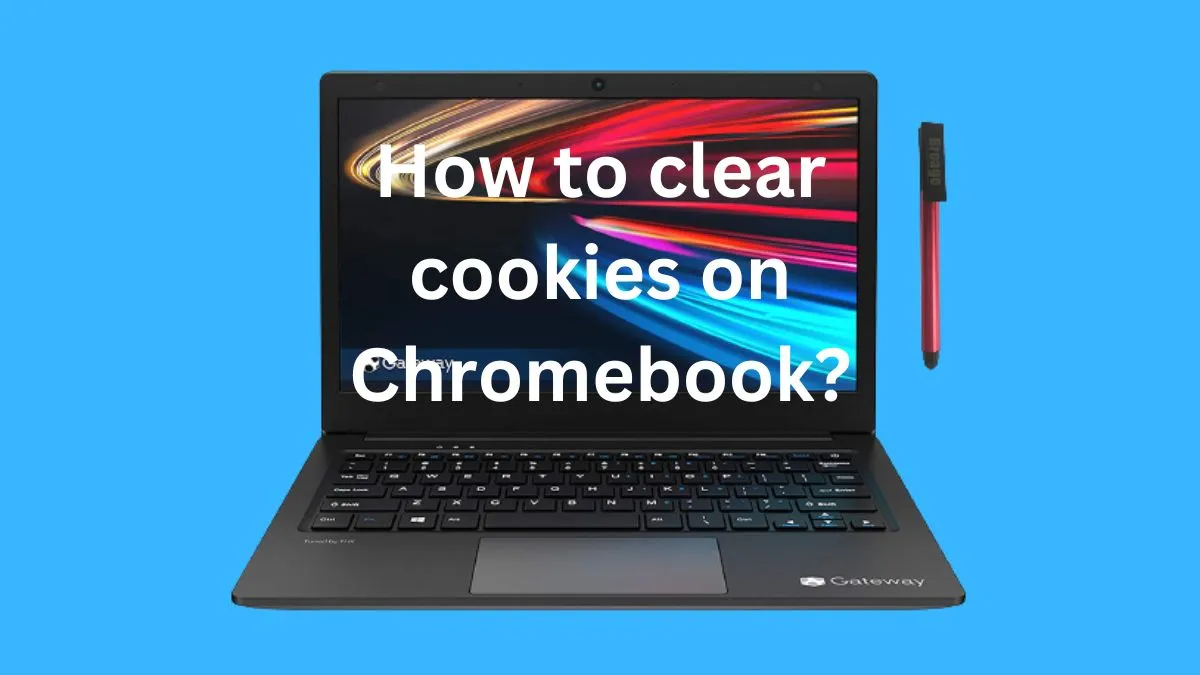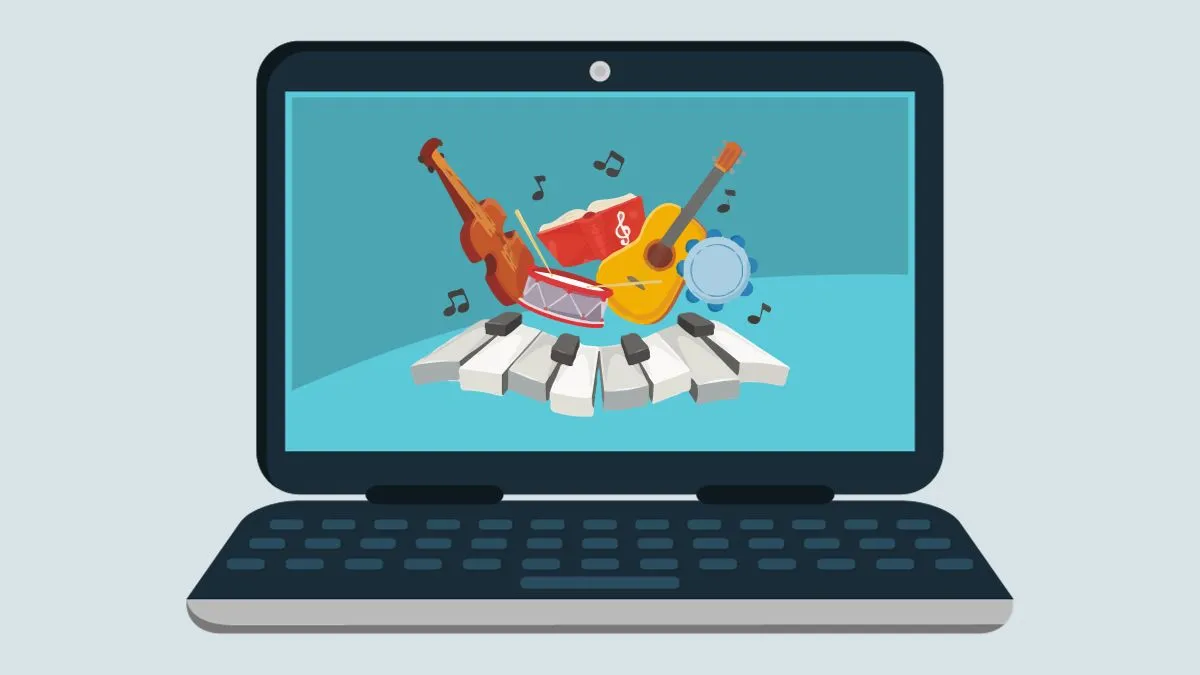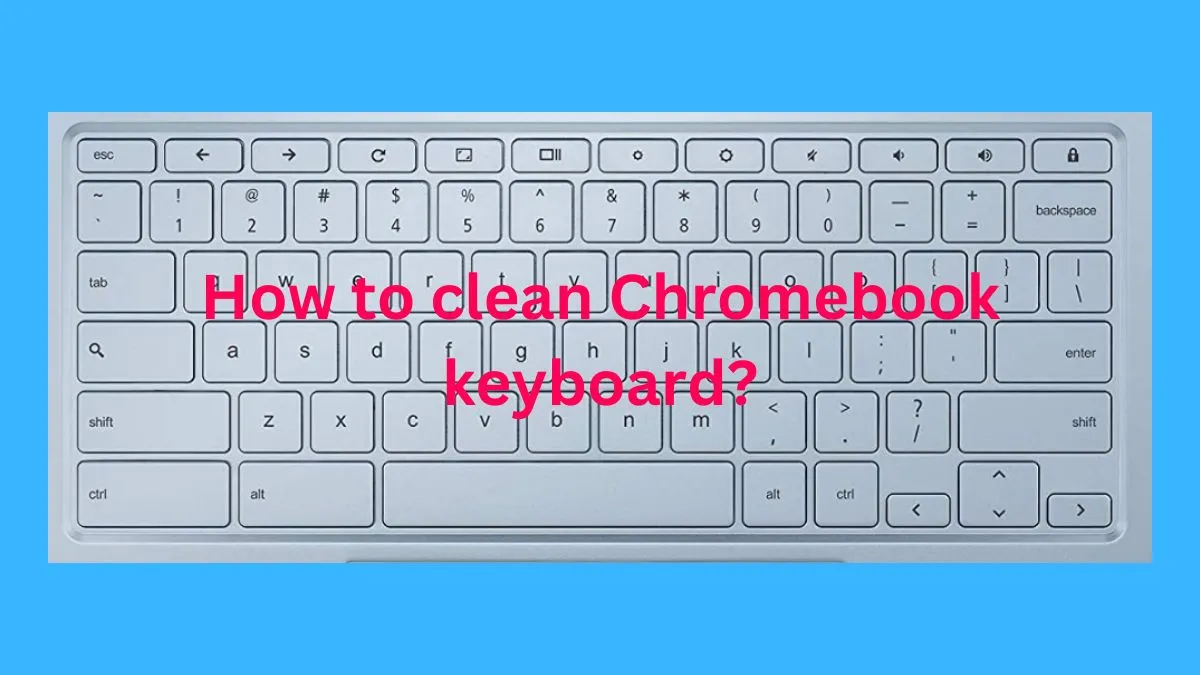Chromebooks are a popular choice these days for their affordability and portability. Many users have found them to be suitable replacements for traditional laptops, but not all of the features may be fully compatible with more complex tasks.
One common issue is that many Chromebooks cannot recognize an external hard drive.
It can be frustrating when you want to store or share data from that hard drive, so in this article we’ll explain what could be causing this problem and provide some troubleshooting tips to help resolve it.
Why is Chromebook not recognizing external hard drive?
There are several potential reasons why your Chromebook might not recognize an external hard drive. Here are a few of the most common:

1- Hardware Problem:
One of the most common reasons why your Chromebook may not recognize an external hard drive is due to a hardware problem.
The external hard drive itself could be faulty, or the USB cable that connects it to your Chromebook may be damaged.
To check if this is the issue, you can try plugging the same external hard drive into another computer or laptop and seeing if it works there.
If it does work, then you know it’s likely not a hardware problem with your device.
2- Software Issues:
It’s also possible that the software on your Chromebook isn’t recognizing the external hard drive because of a few different factors.
Firstly, make sure that your operating system is up to date so that your Chromebook can recognize the external hard drive.
Additionally, some external hard drives require you to install special drivers for them to work with your computer.
If this is the case, then you will need to get those drivers and install them before connecting your device.
3- USB Port Issues:
Another possible explanation is that there could be an issue with one of the USB ports on your Chromebook.
Try plugging in a different device into that port and see if it works; if not, then it may be an issue with the port itself.
At this point, you should contact your manufacturer or retailer for advice on how best to proceed.
4- Formatting Issues:
Lastly, it’s also possible that the formatting of the external hard drive may not be compatible with your Chromebook.
For example, some devices require that you format the hard drive to a specific file system in order for it to work.
If this is the case, then you will need to find out what type of file system your device needs and reformat your external hard drive accordingly.
Troubleshooting tips for a Chromebook that is not recognizing an external hard drive
If your Chromebook isn’t recognizing an external hard drive properly, there are several troubleshooting steps you can take in order to try and resolve the issue.
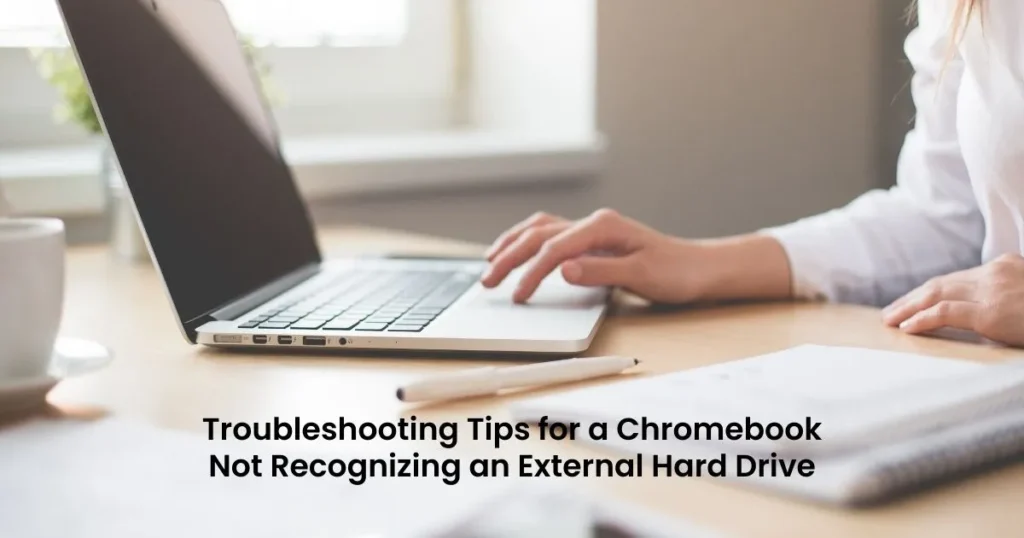
1- Check the Connection and Set Up
The first thing you should do is to check the connection and set up of your external hard drive.
Make sure it’s securely connected, that any drivers or software required have been installed, and that your device is properly configured to recognize external devices.
If all of these things are in order but your Chromebook still won’t recognize it, then it might be a compatibility issue.
2- Reformat the External Hard Drive
If you have an older model of an external hard drive, you may need to reformat it in order for it to be compatible with your Chromebook.
To do this, connect the drive to a Windows computer and reformat it to a file system that your Chromebook can recognize.
3- Connect the External Hard Drive to a Different Port or Use an External Power Supply
If the external hard drive is still not being recognized, then you may need to connect it to a different port on your Chromebook such as an HDMI one.
If this doesn’t work, then you may need to use an external power supply in order for it to be properly recognized.
Why is Chromebook not recognizing USB mouse?
Similar to external hard drives, Chromebooks can also have difficulty recognizing USB mice. This is typically because of compatibility issues or improper connections.
To fix this issue, you should check that the mouse and cable are connected and that it’s properly configured for your Chromebook.
If the mouse is an older model, then you may need to reformat it to a file system that your Chromebook can recognize in order for it to work properly.
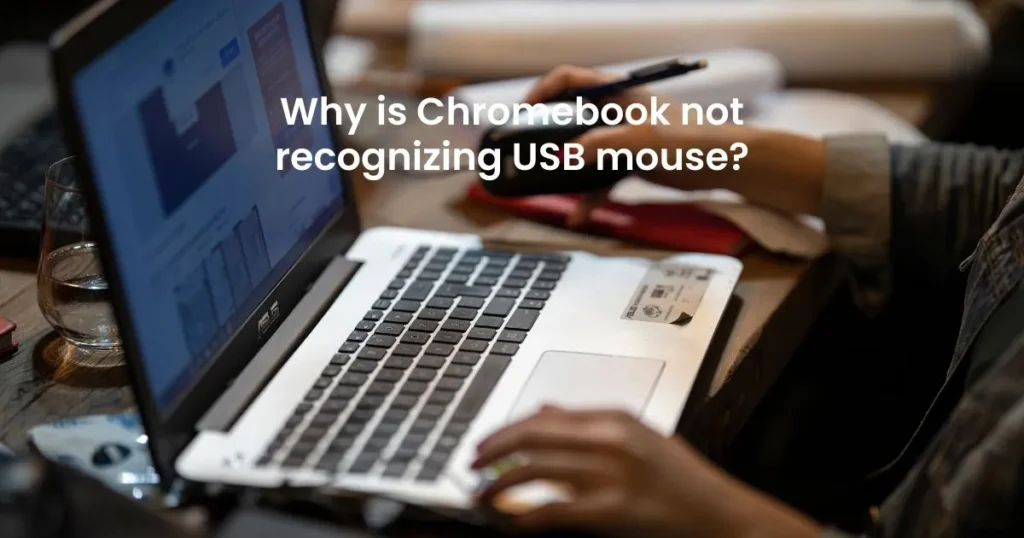
You may also need to connect the mouse to a different port on your laptop such as an HDMI one or use an external power adapter if the device requires more power than a regular USB port can provide.
In some cases, you may need special software or drivers installed on your Chromebook in order for it to recognize the mouse.
If this is the case, then you should consult your device’s documentation in order to determine how to proceed.
How to access external hard drive on Chromebook?
Step 1: Connect the drive to your Chromebook.
Step 2: Open the Files app on your Chromebook – it should detect the new drive and you’ll be able to access its content.
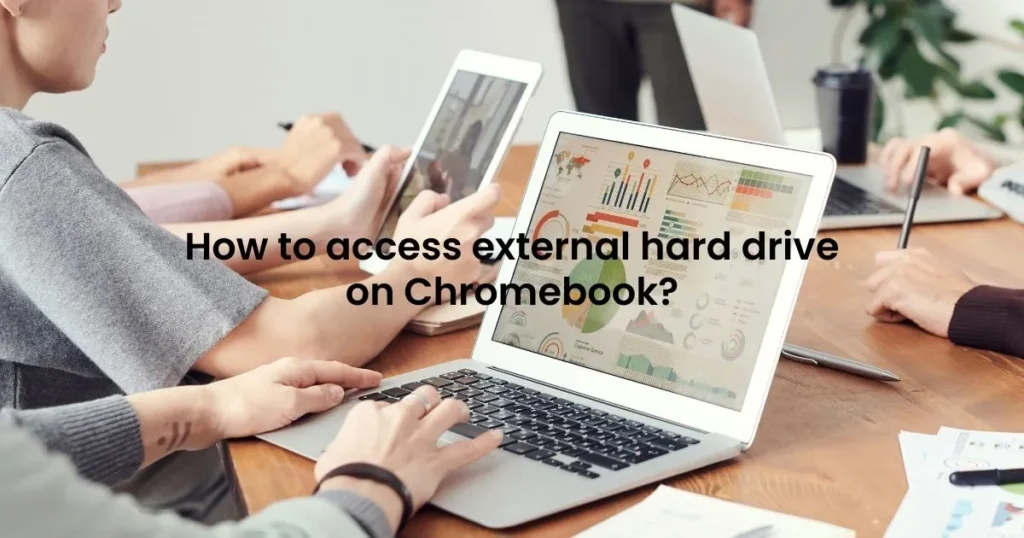
Step 3: To find out what type of external hard drive you have, open the Chrome OS Settings panel. Under Device Information, select ‘Storage’ and then look at the type of drive you have connected.
Step 4: Depending on the type, you may need to format the drive so your Chromebook can read it properly.
Step 5: If you need to format the drive, open the Files app again. Right-click on your external drive and select ‘Format’ from the menu.
Step 6: Select how you want to format your drive – this can either be FAT32 or exFAT depending on the size of your storage device.
Step 7: Once the formatting is complete, you should be able to access your drive from the Files app as normal.
FAQs
How do I enable USB on Chromebook?
In order to enable USB on a Chromebook, you should open the Settings app, go to “Device” and select “USB”. From there, you can choose which devices are allowed to access your laptop through the USB port.
Can I connect an external hard drive to my Chromebook?
Yes, you can connect an external hard drive to your Chromebook.
Can USB be used in Chromebook?
Yes, USB flash drive can be used in Chromebooks. However, the device may need to be reformatted or connected to a different port such as an HDMI one in order for it to be recognized properly.
Can a Chromebook support an external hard drive?
Yes, Chromebooks generally can support an external hard drive. However, the hard drive must meet certain compatibility requirements for it to work properly.
What are the requirements for my external hard drive?
Your external hard drive must be formatted as either exFAT or FAT32 and must not exceed two terabytes in size.
How do I play music from an external hard drive on a Chromebook?
You need to install a music player app on your Chromebook such as Google Play Music or VLC Media Player.
Once the app is installed, you can plug in your external hard drive and stream or sync the music from there.
Can I use a Seagate external hard drive with a Chromebook?
Yes, Seagate external hard drives work with Chromebooks as long as they meet the requirements listed above.
Conclusion
If your Chromebook won’t recognize an external hard drive or USB mouse, then there are several troubleshooting steps you can take in order to try and resolve the issue.
You should check the connection, set up, and compatibility of the device as well as consider reformatting it for compatibility, connecting it to a different port, or using an external power adapter.
If all else fails, consult your device’s documentation to see if you need to install any software or drivers in order for it to be recognized properly.
With the right steps, you should be able to get your Chromebook working with these devices in no time.


